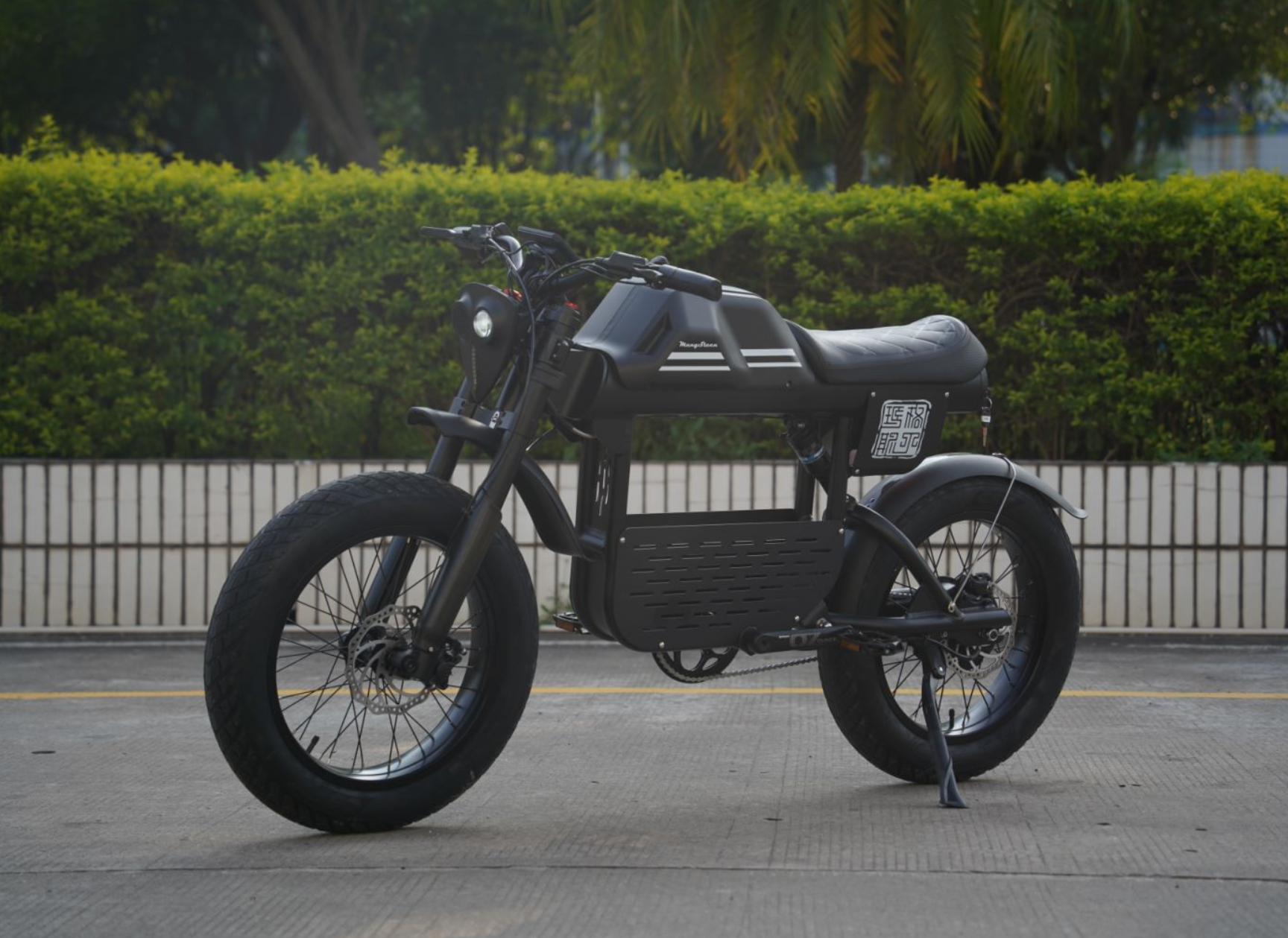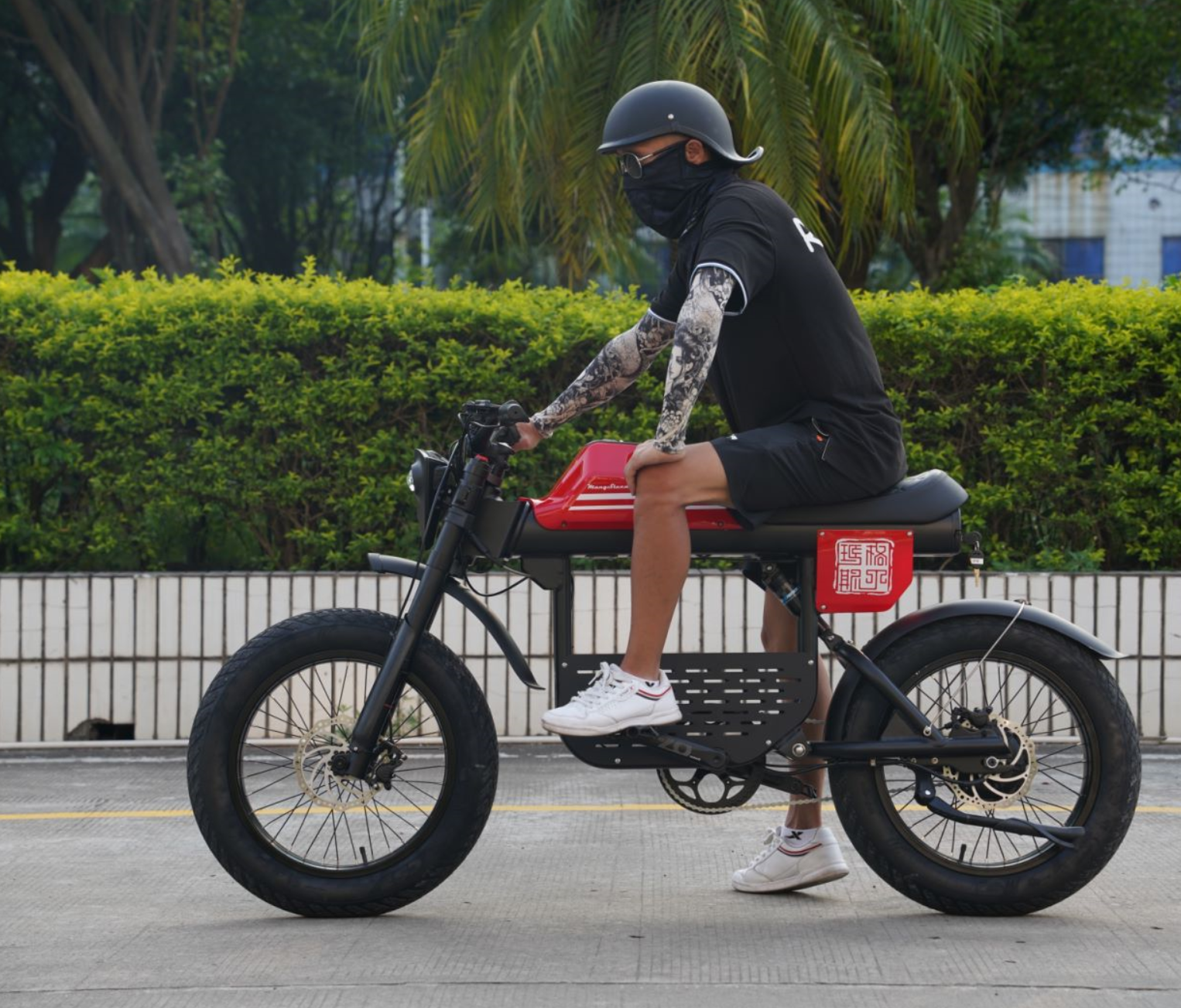Once you can drive straight, get a feel for shifting. Get a feel for the “friction zone. The friction zone is the area of resistance that occurs when the clutch is connected. This area allows the transmission of power from the engine to the rear wheel. Motorcycle transmissions are sequential, meaning that whether shifting up or down, one gear must be shifted in consecutive order. It takes some practice to be able to feel and hear when to shift gears. When it is time to shift gears, the engine begins to rev at a higher RPM [7].
While still on the bike, lower the gear to first gear. You will know you are in first gear when you no longer hear the click of the shift pedal; you should hear a slight ticking sound when you are in first gear.
Very slowly let out the clutch until the bike starts to move forward. If you want to go faster, back off the throttle a little while letting out the clutch.
To put the bike in second gear, pull the clutch back, ease off the accelerator, and pull the shift lever up firmly into neutral. Make sure the neutral light does not come on. Engage the clutch and operate the throttle again. Repeat this process to shift through the higher gears.
You do not need to pull up hard on the left toe because you will not pass through neutral after second gear.
To downshift, release the throttle while slightly squeezing the brake lever. Pull in the clutch and push down on the shift lever. Then release the clutch.
Once you get the hang of downshifting, you can stop in second gear. Then, when you stop, downshift again to first gear.








